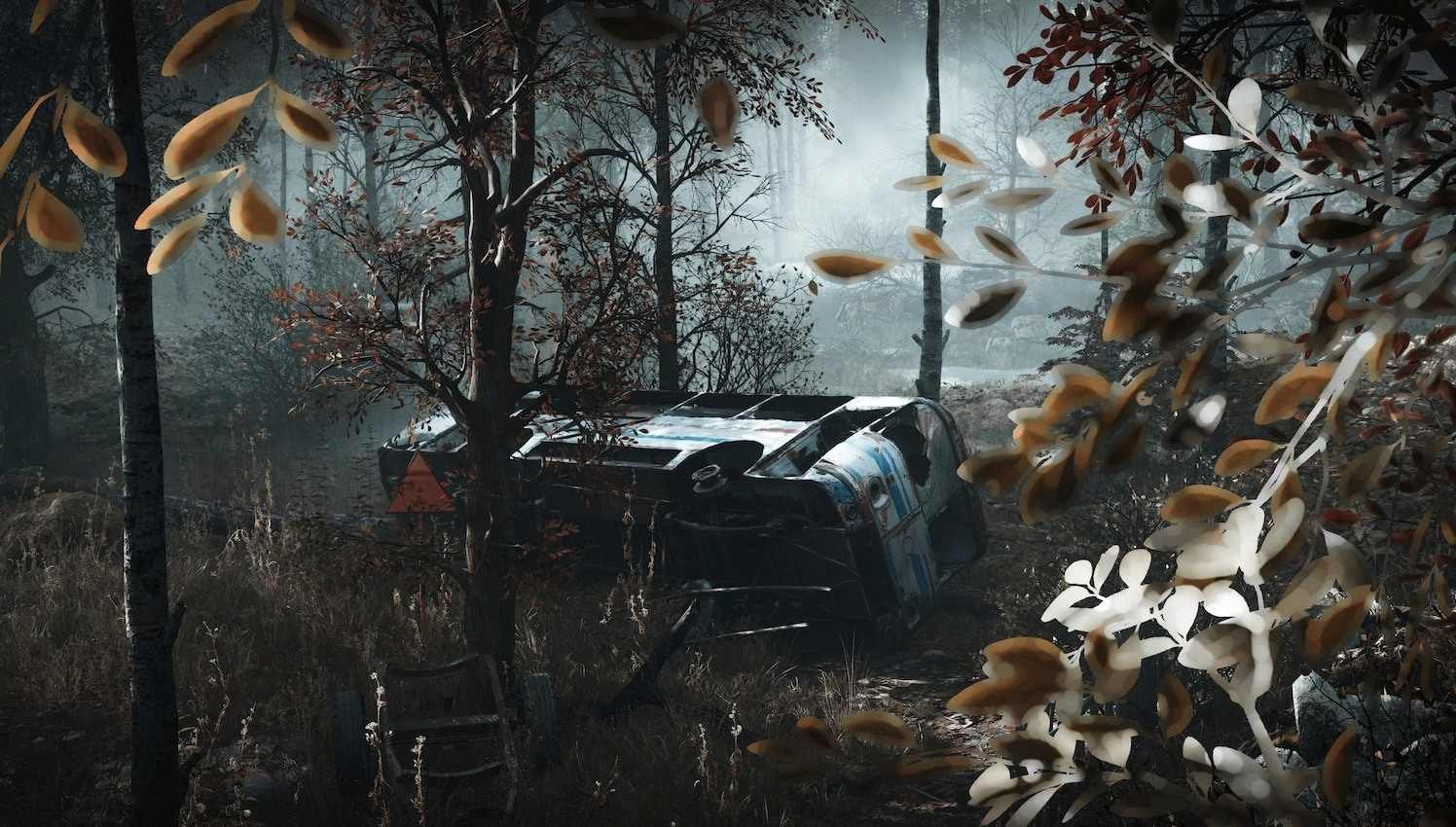

On a controller, Chernobylite’s aim-assist does this weird thing where it actively fights against you, pushing the reticle away from enemies’ heads. In the past, a game’s structure would be “it has 10 levels, 20 different weapons, and 3 difficulty levels.” There wasn’t much more to chew on other than, “does it control well,” “is the story interesting?”, “is it fun to get headshots?”Ĭhernobylite’s controls are stiff, its story is head-scratching and cringey, and it is actively unfun to get headshots. And Chernobylite is a blend of resource management, base-building, branching narrative, and a bit of survival horror.īy layering on ideas from different genres, all of these games make structure a bit part of the overall package. Returnal is a rogue-like, arcade-style third-person shooter with haunted house sequences and an opaque plot.

Inscryption is a deck-builder card game with a creepy narrative. If story and gameplay are two major pillars of a good video game, Chernobylite gets by on a third, equally important but less obvious pillar: its structure.Īs the medium matures, it feels like more and more video games have deeper systems at play, or combine more subgenres. Even with these huge, core, aspects falling short, I found something to like. It’s a game I enjoyed despite not thinking much of the overarching plot or the moment-to-moment first-person shooting. But can a game still be good, let alone great, if it has neither a standout story nor exciting gameplay? Chernobylite dares to answer this question. A game can have questionable mechanics and an unforgettable story. A game can have a terrible story and still be great.


 0 kommentar(er)
0 kommentar(er)
